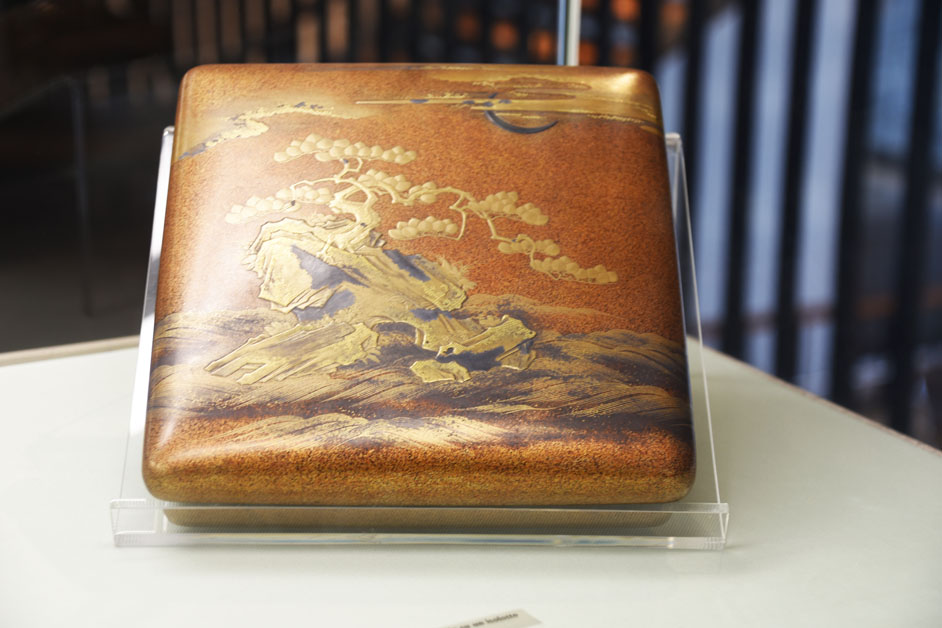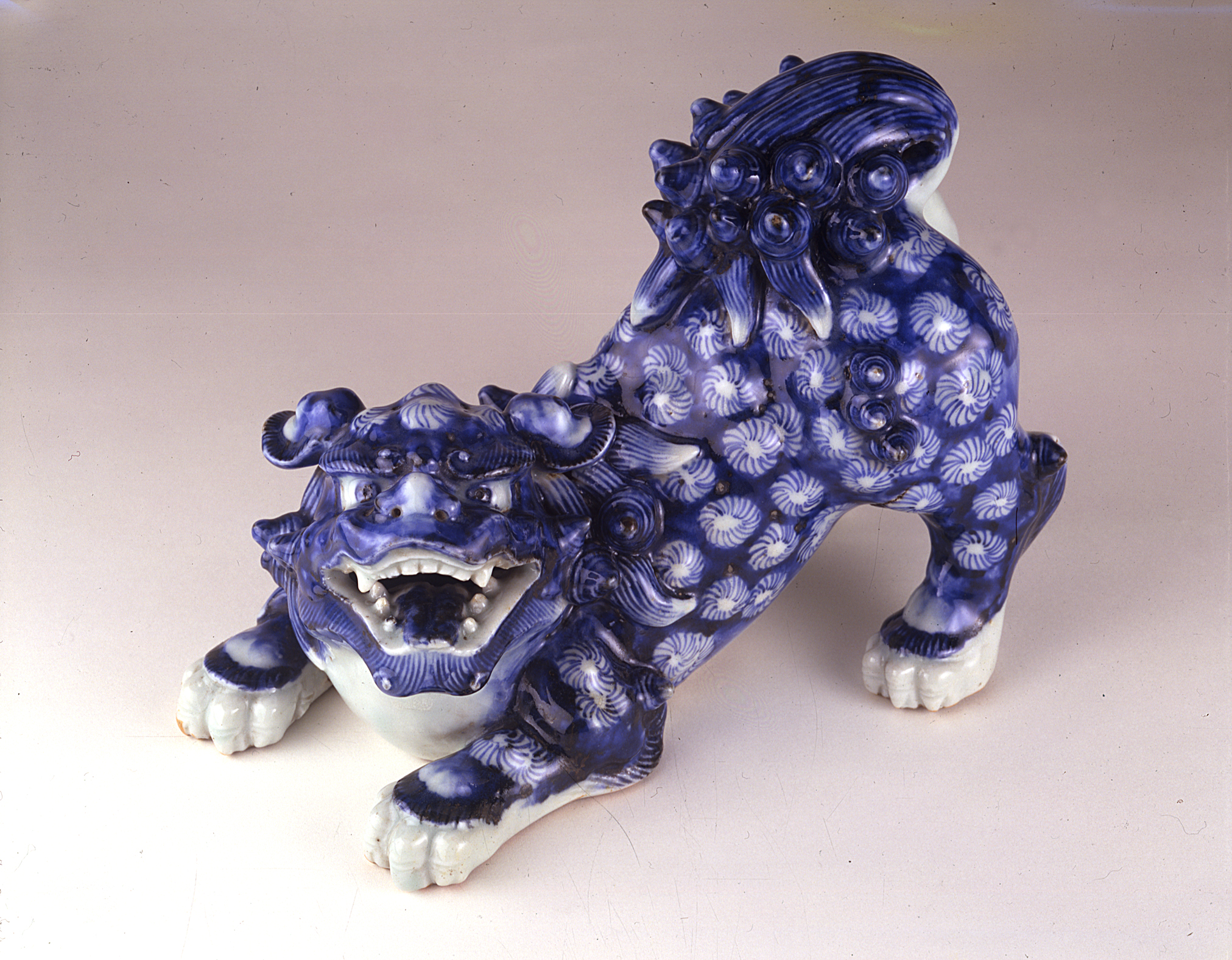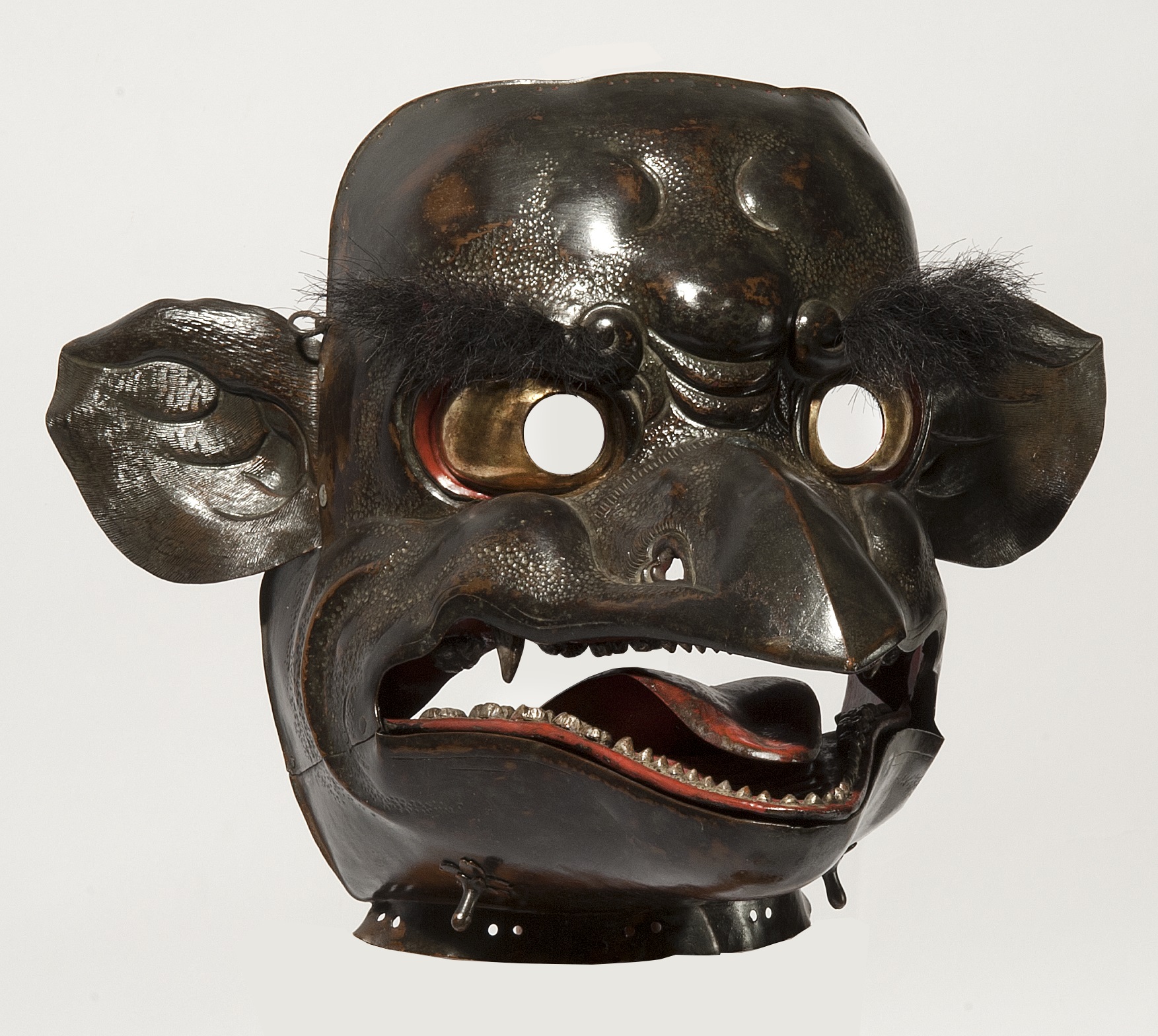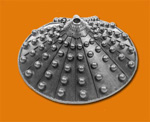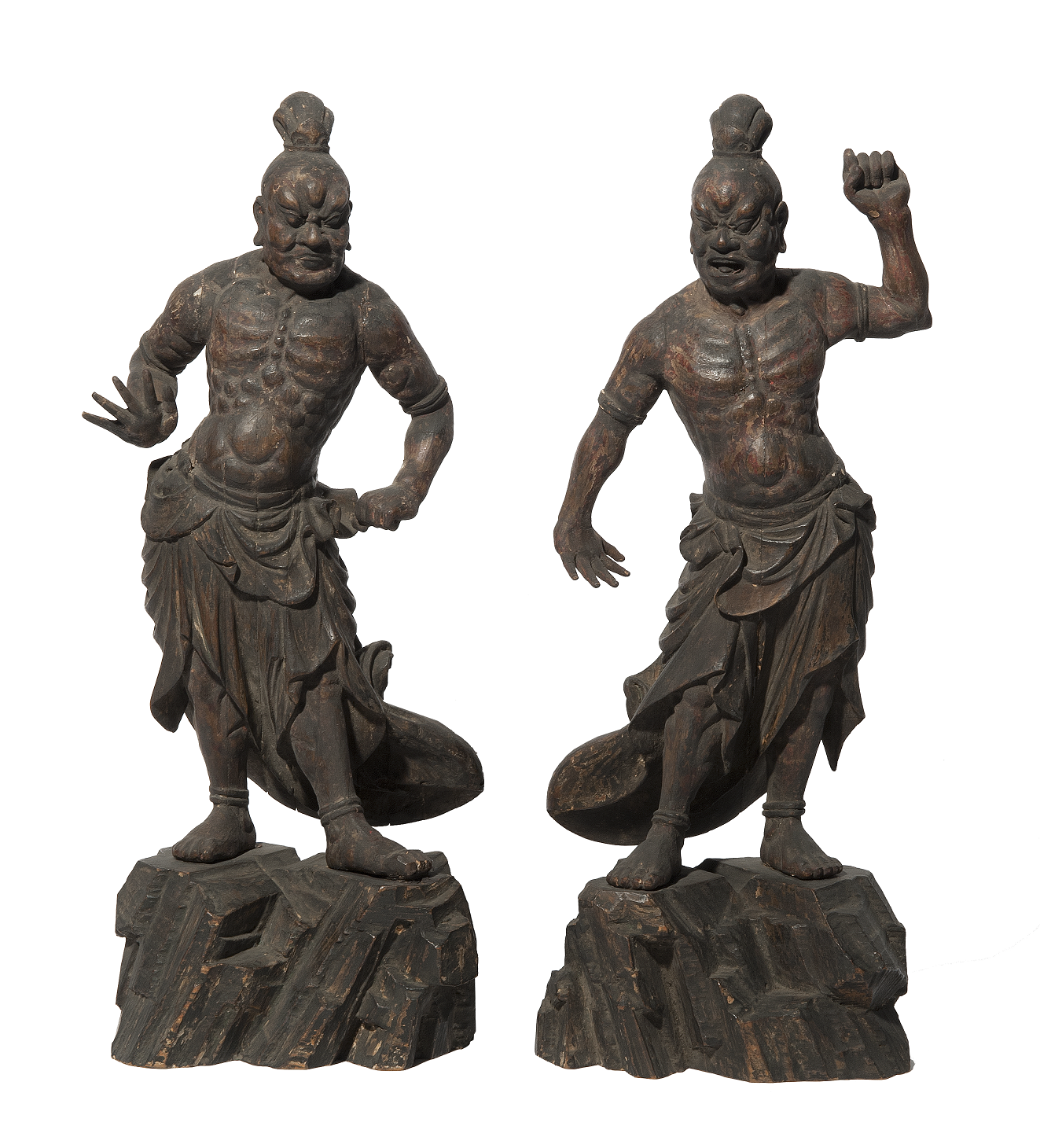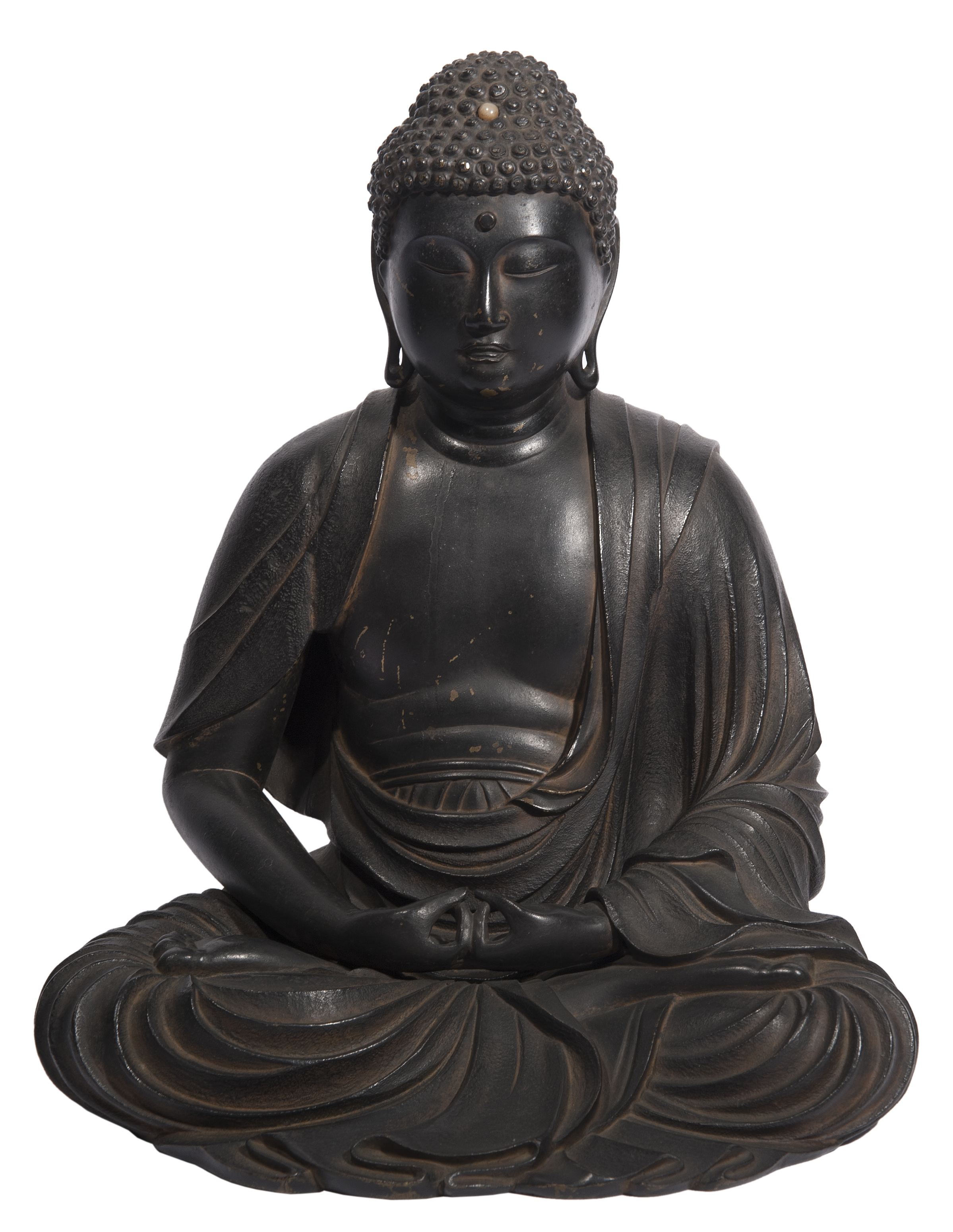
Click here to view image
Maschera Nō Shakumi
Collezione Edoardo Chiossone 1898 Genova - lascito testamentario
ambito giapponese
Japan, Edo period, 17th - 18th century
theatre mask
- XVII-XVIII
M-738
Unità di misura: cm; Altezza: 21.2; Larghezza: 14
Giappone
legno intagliato e dipinto
Japanese theatre masks are the result of the art and talent of specialised sculptors: rather small and shaped to achieve various expressive effects by exploiting the play of light and shadow, they are made from a single piece of wood, usually cypress, painted with polychrome lacquers and paints. Nō masks (nōmen) are classified into five main characters, each comprising several varieties: this one belongs to the main character Onna (woman) of the Shakumi variety, a middle-aged woman. She is characterised by her white complexion, shaved and drawn eyebrows on the upper forehead and, above all, blackened teeth, a cosmetic practice typical of married women (ohaguro). Masks representing female roles were worn by male actors, as acting was forbidden to women. Female mask for Nō theater "Shiro Shakumi", in inlaid and painted wood depicting a middle-aged adult woman of about forty years old, grieving the loss of a loved one. The face is oval and has a pale complexion; the mouth, painted red, is half-open and reveals the upper dental arch whose teeth are blackened through the ohaguro practice in use at the time. The eyes are elongated and have golden irises, the eyebrows are shaved and painted with powdered ink according to the hikimayu practice in use among married women of the Meiji period. The hair, with some loose locks, is painted on the top of the head and falls along the sides of the face.

